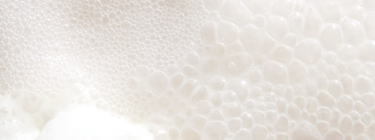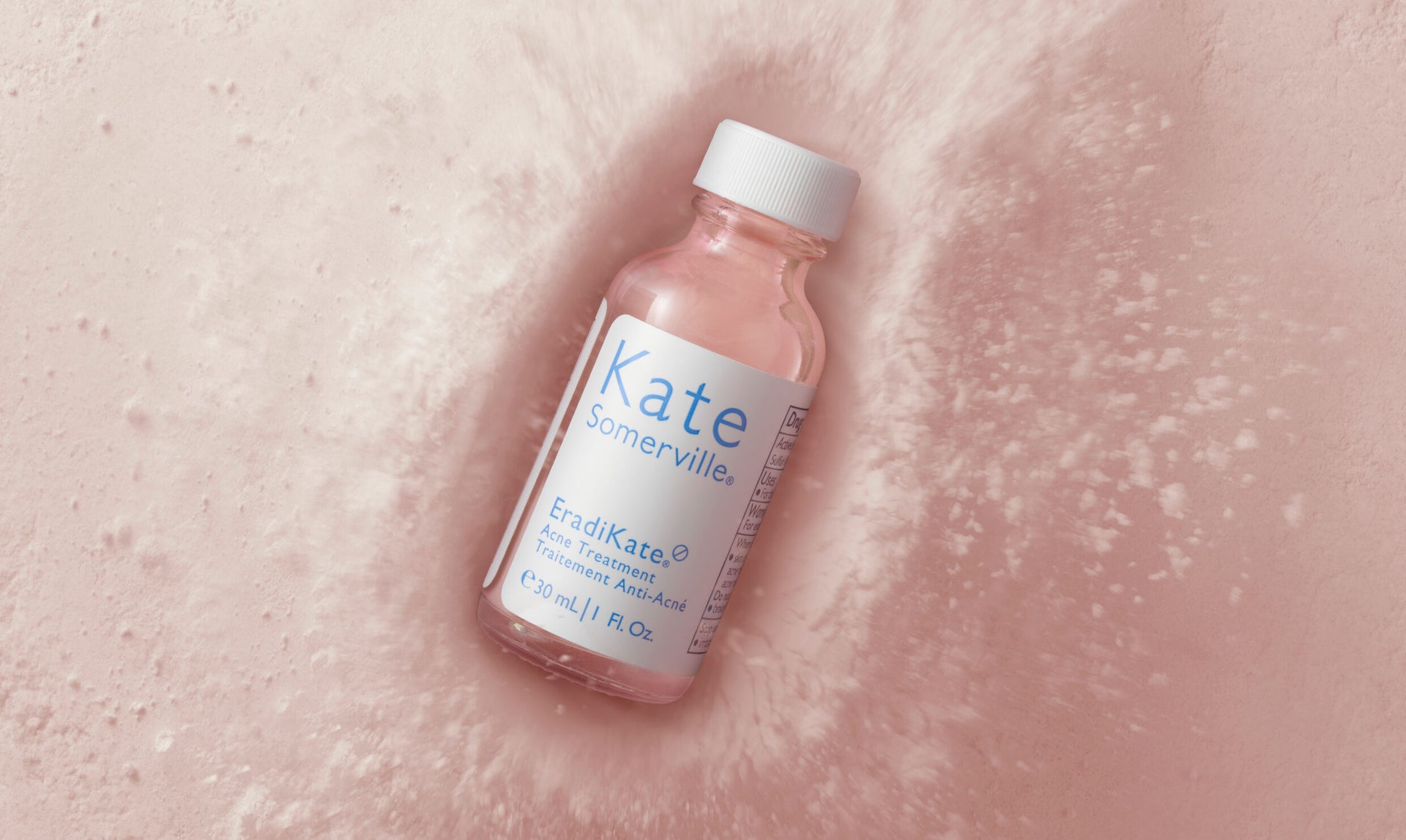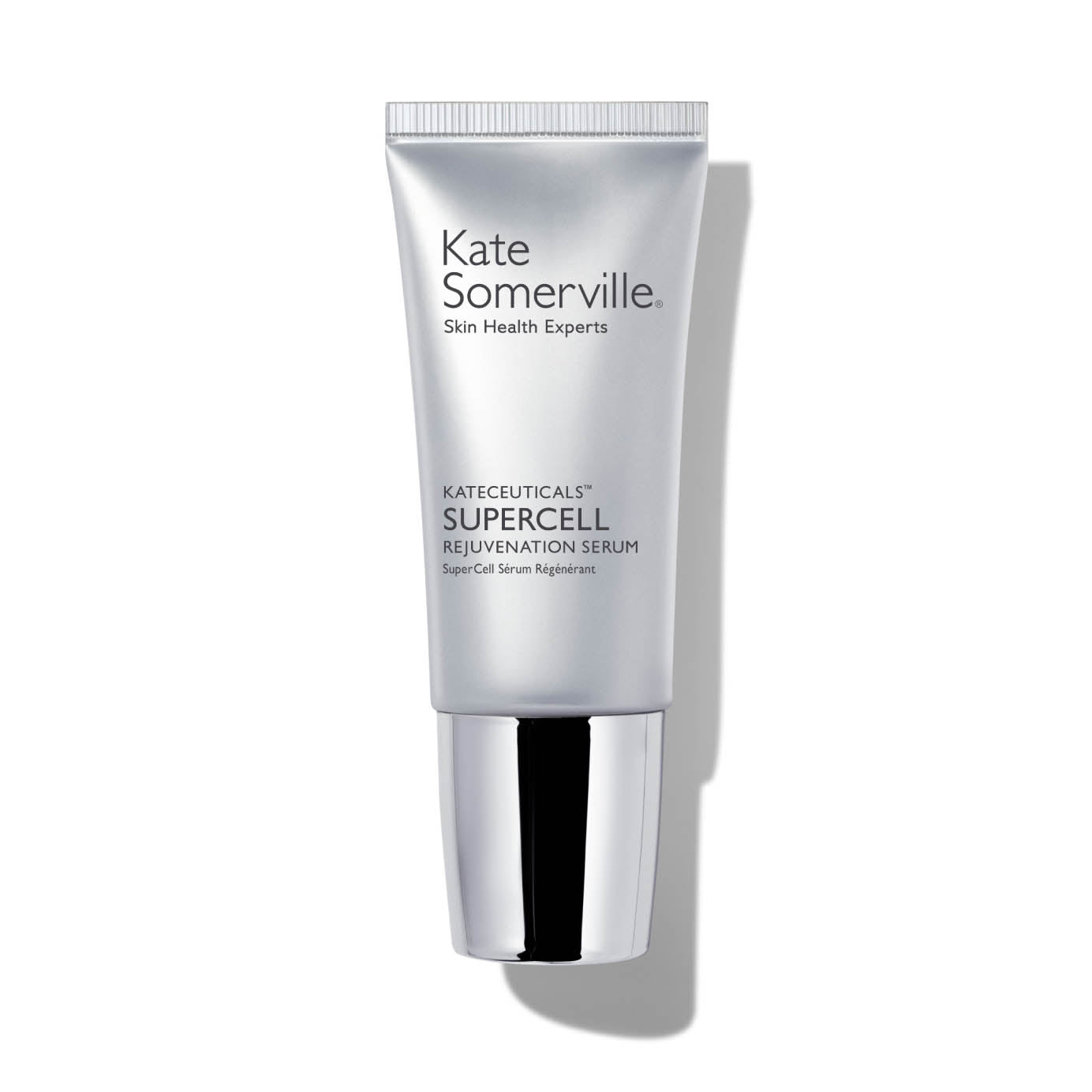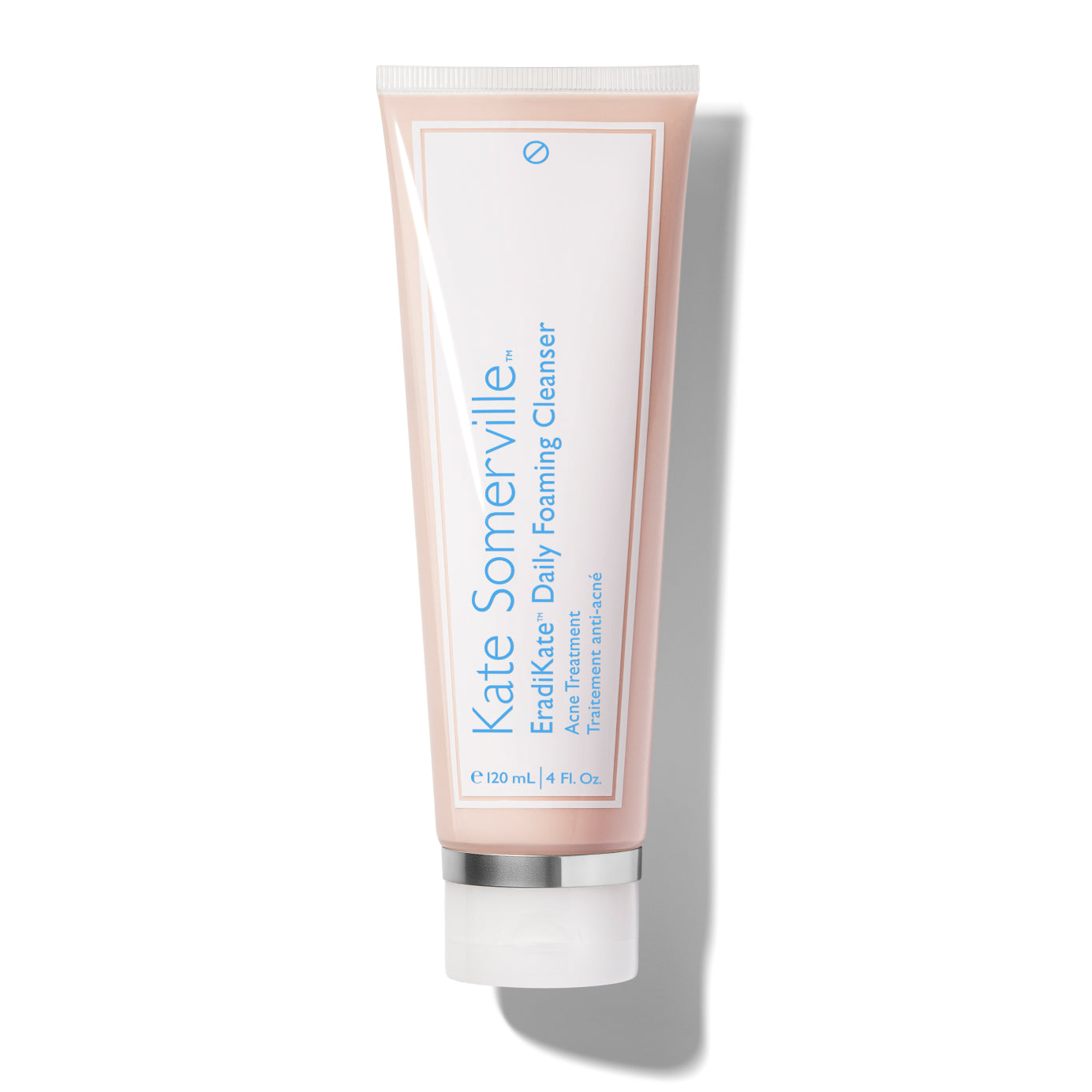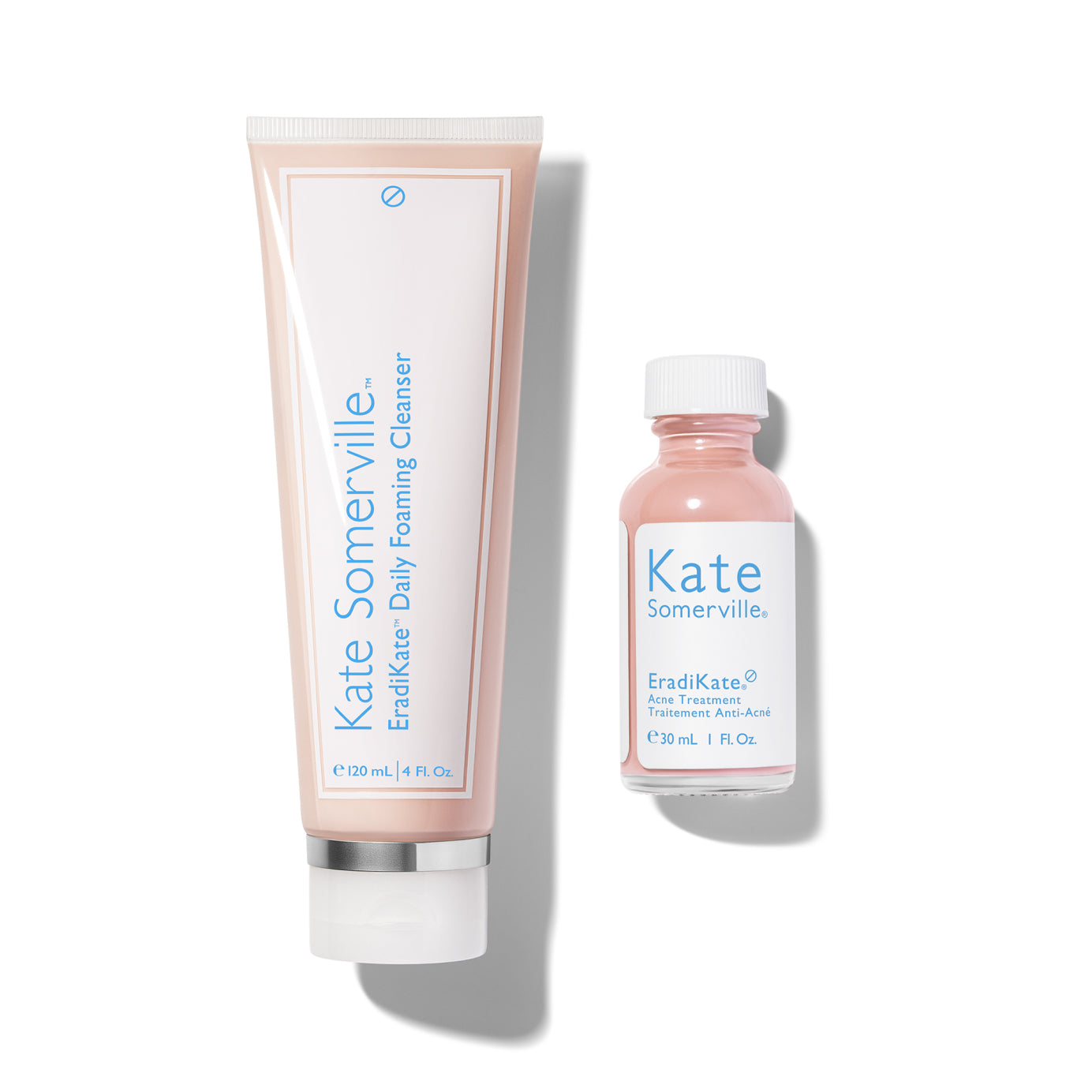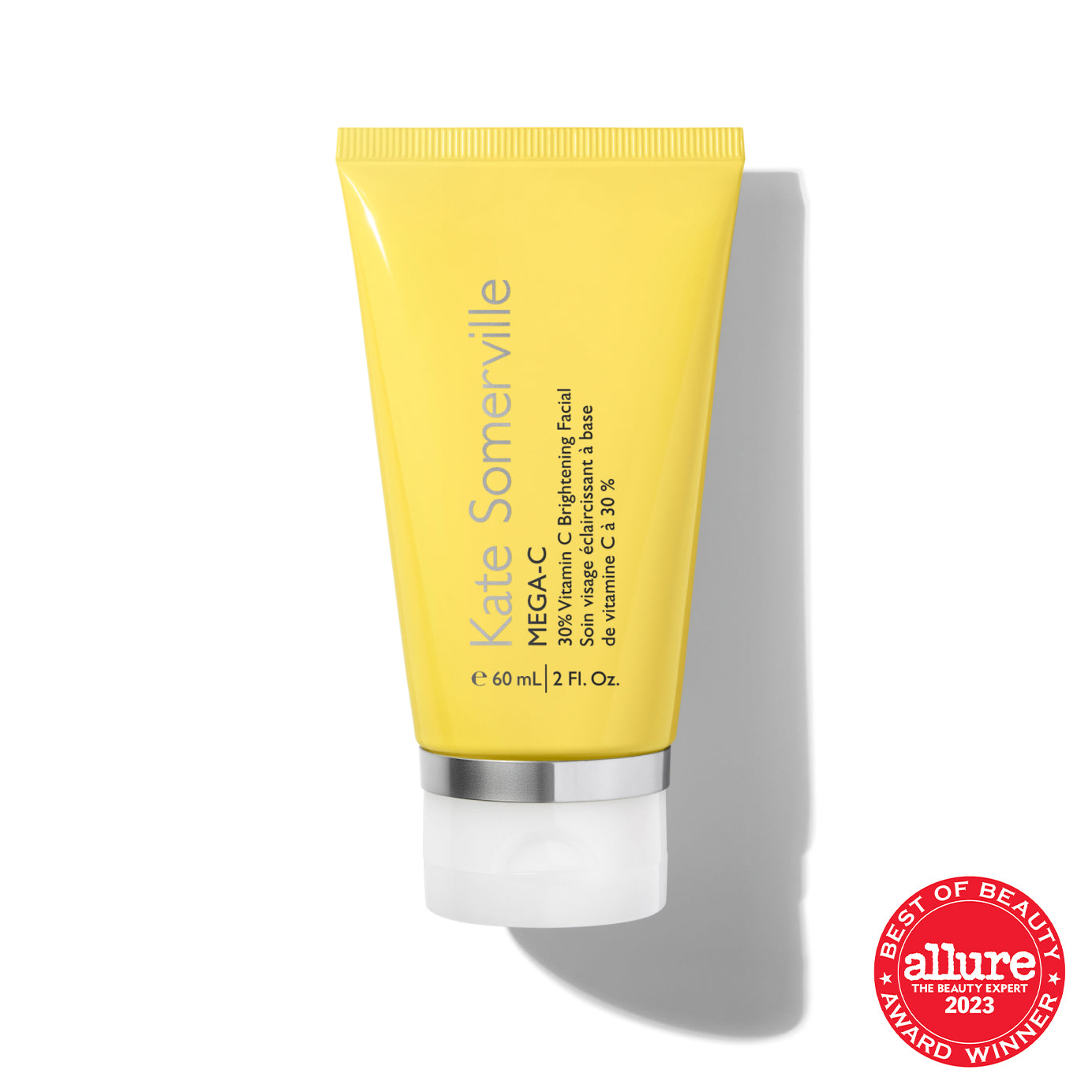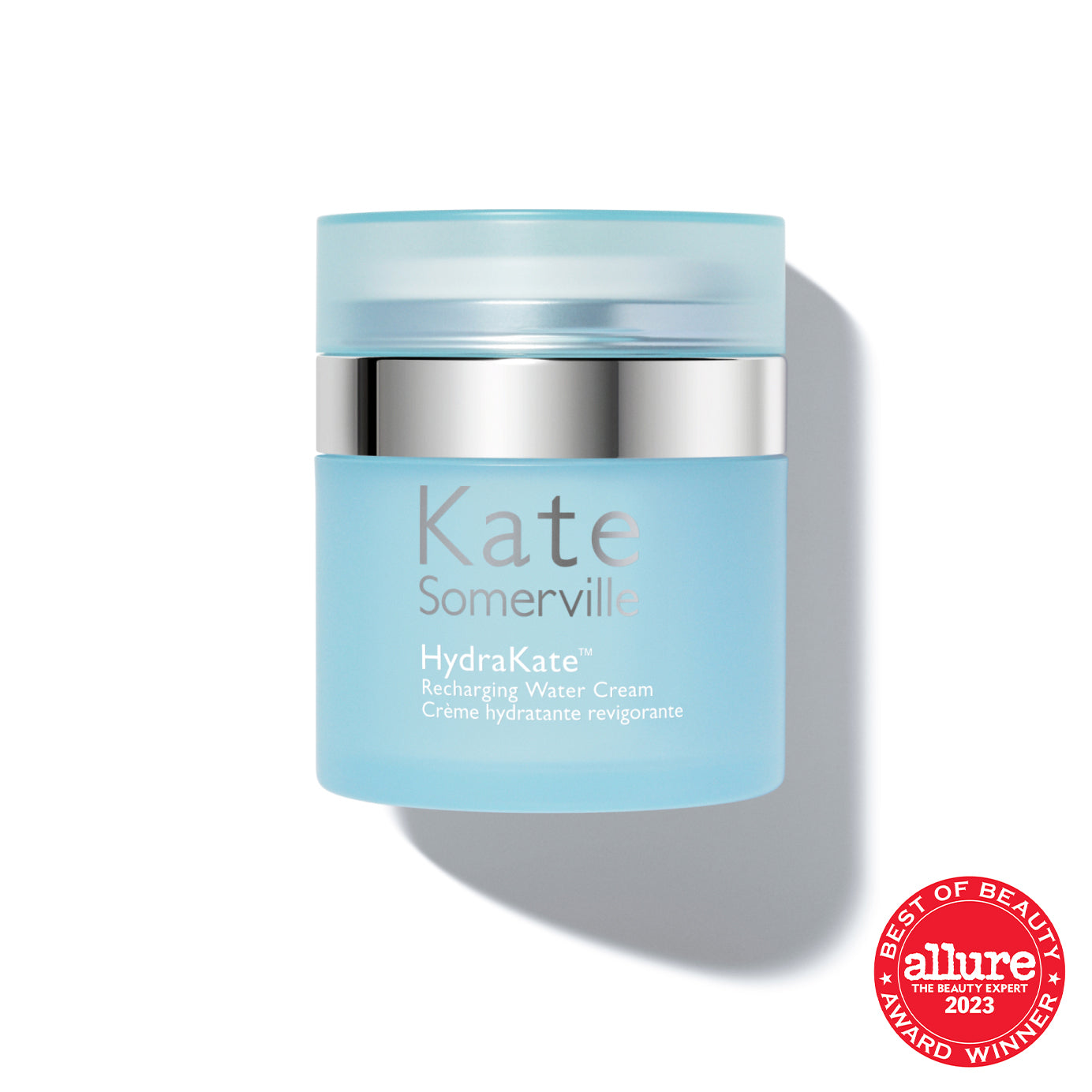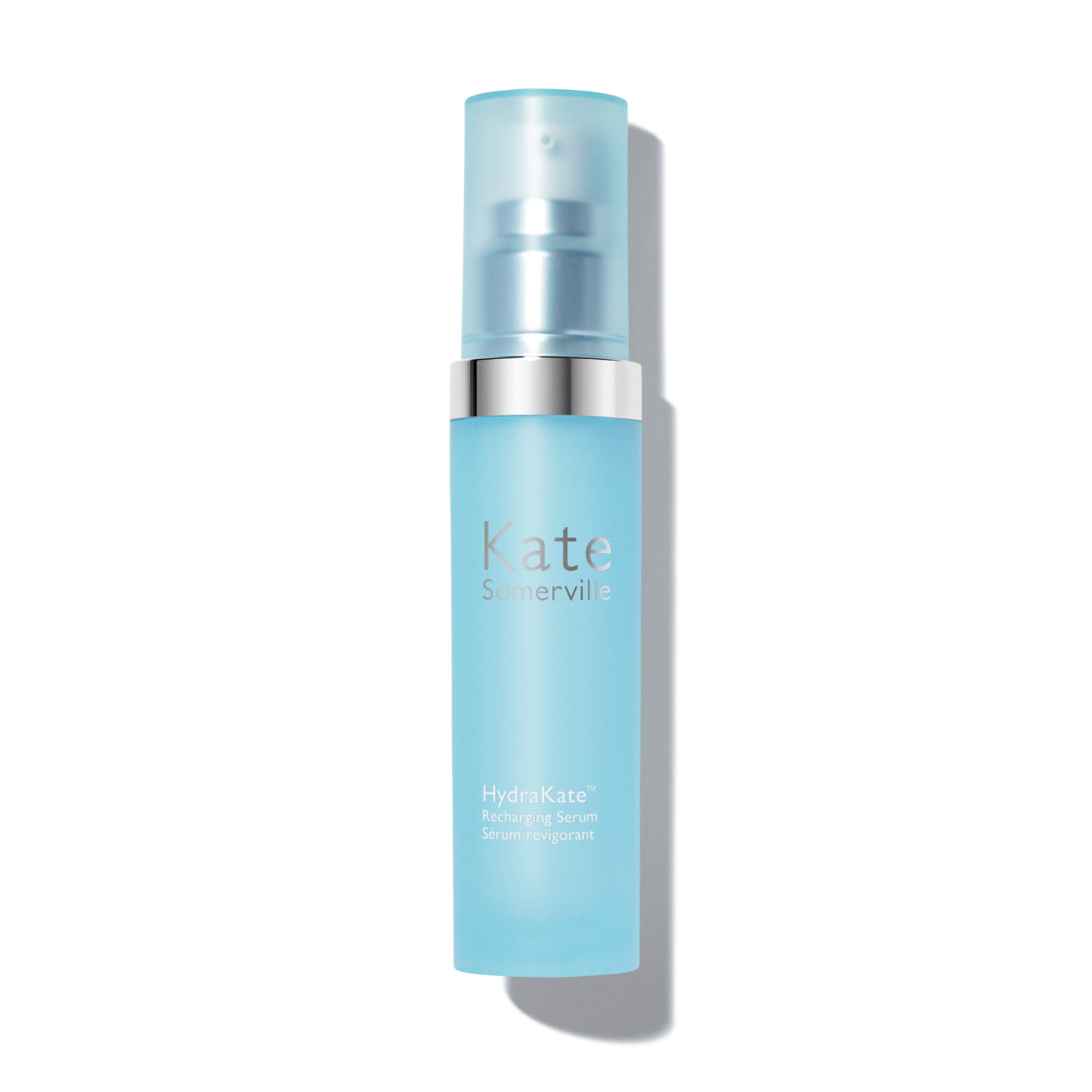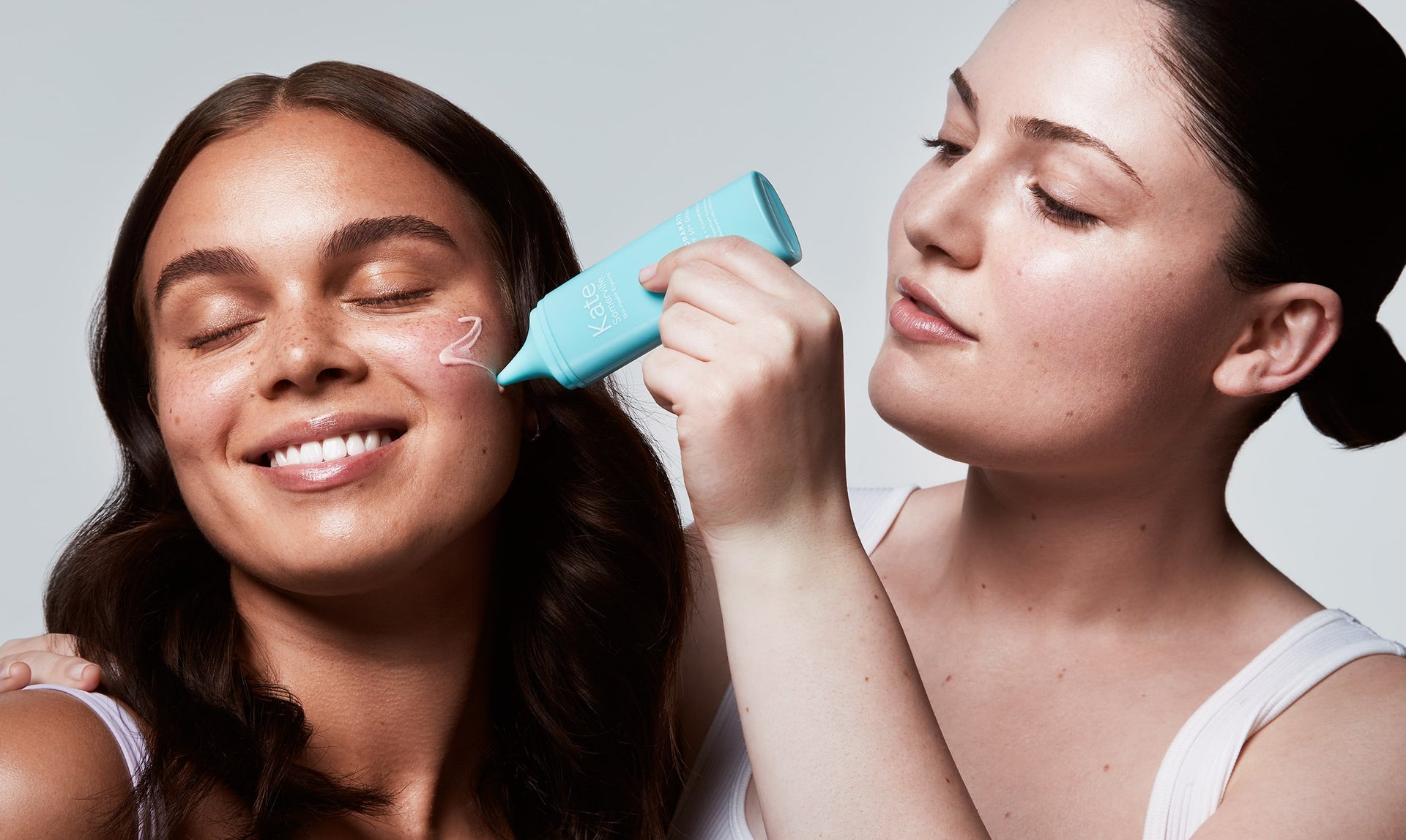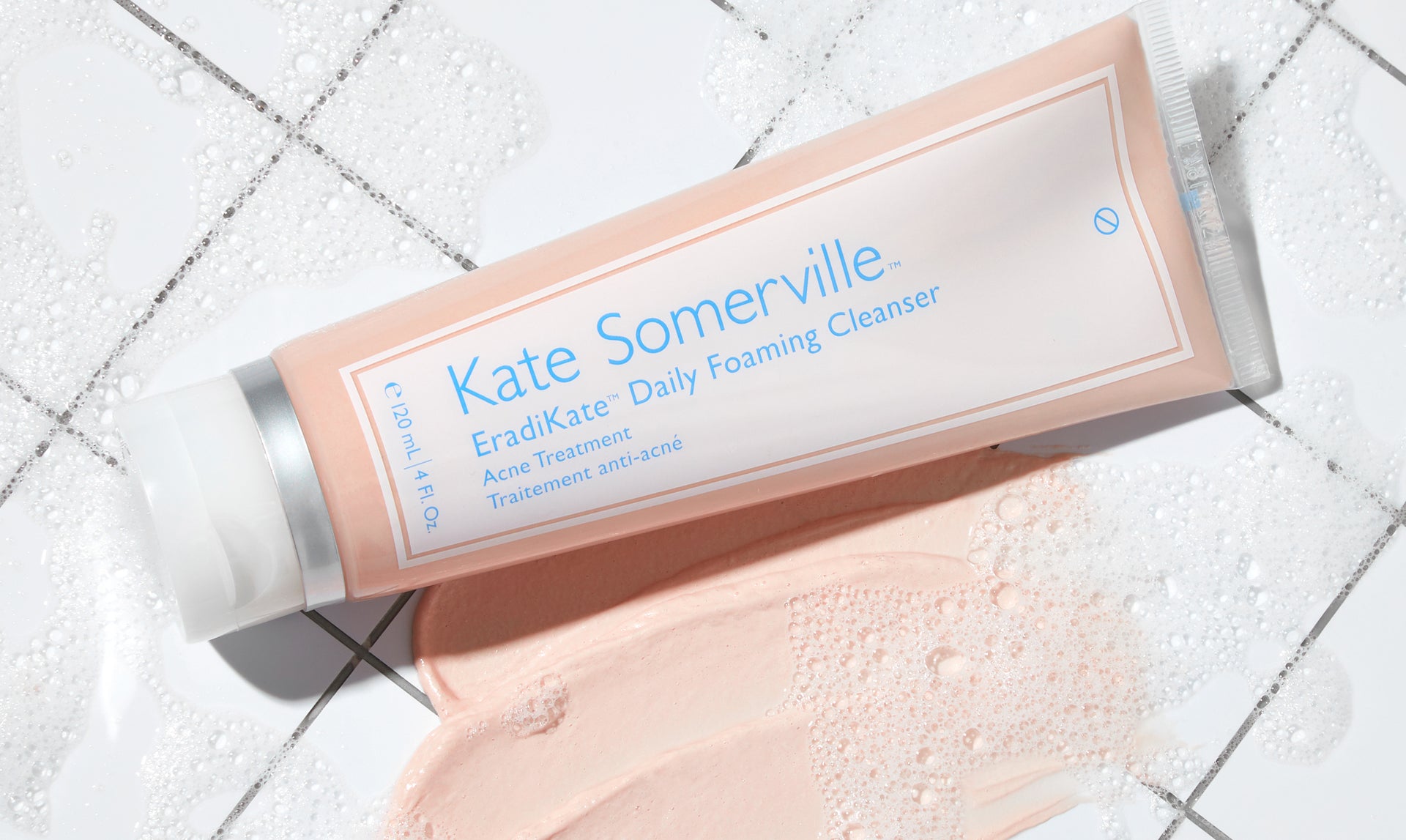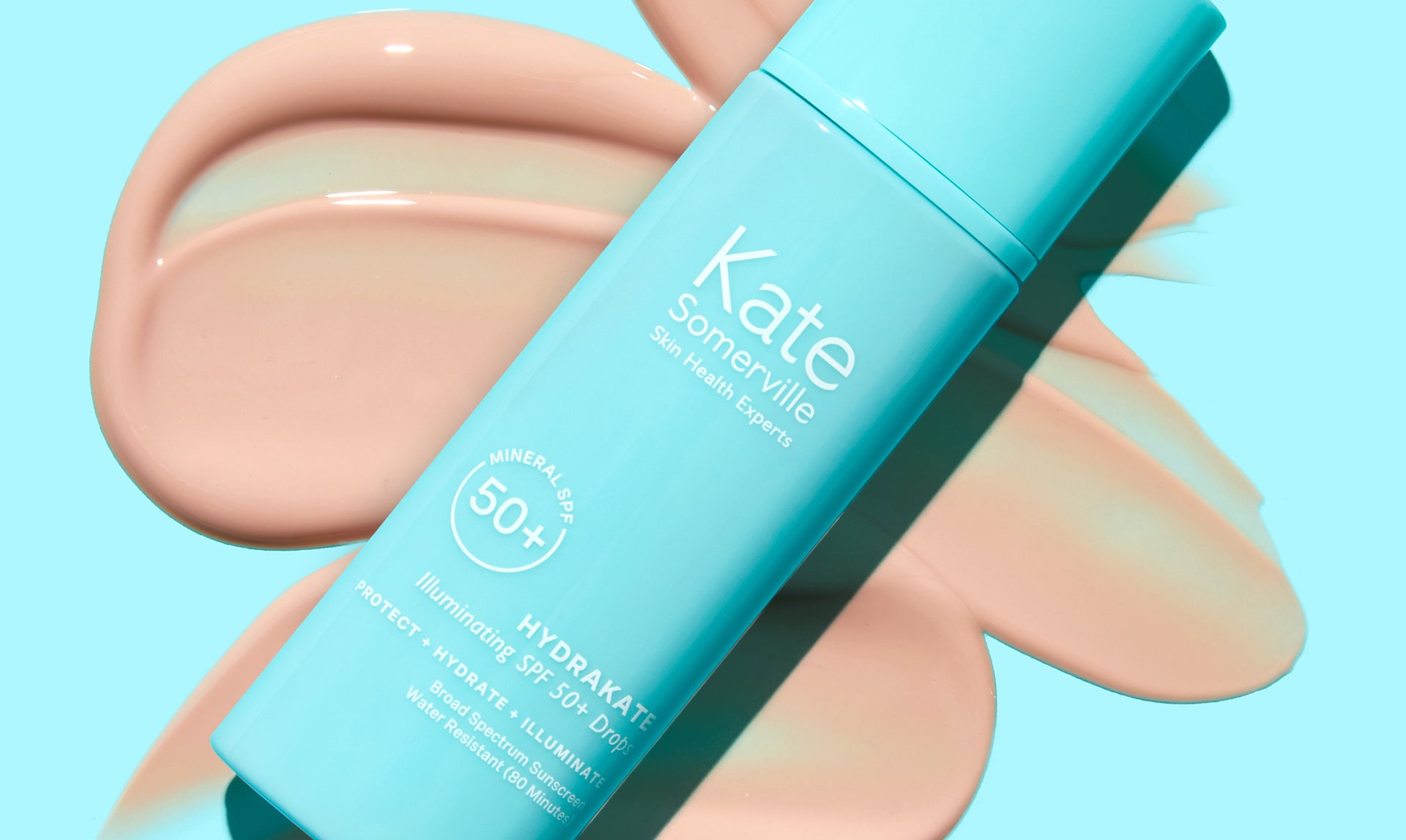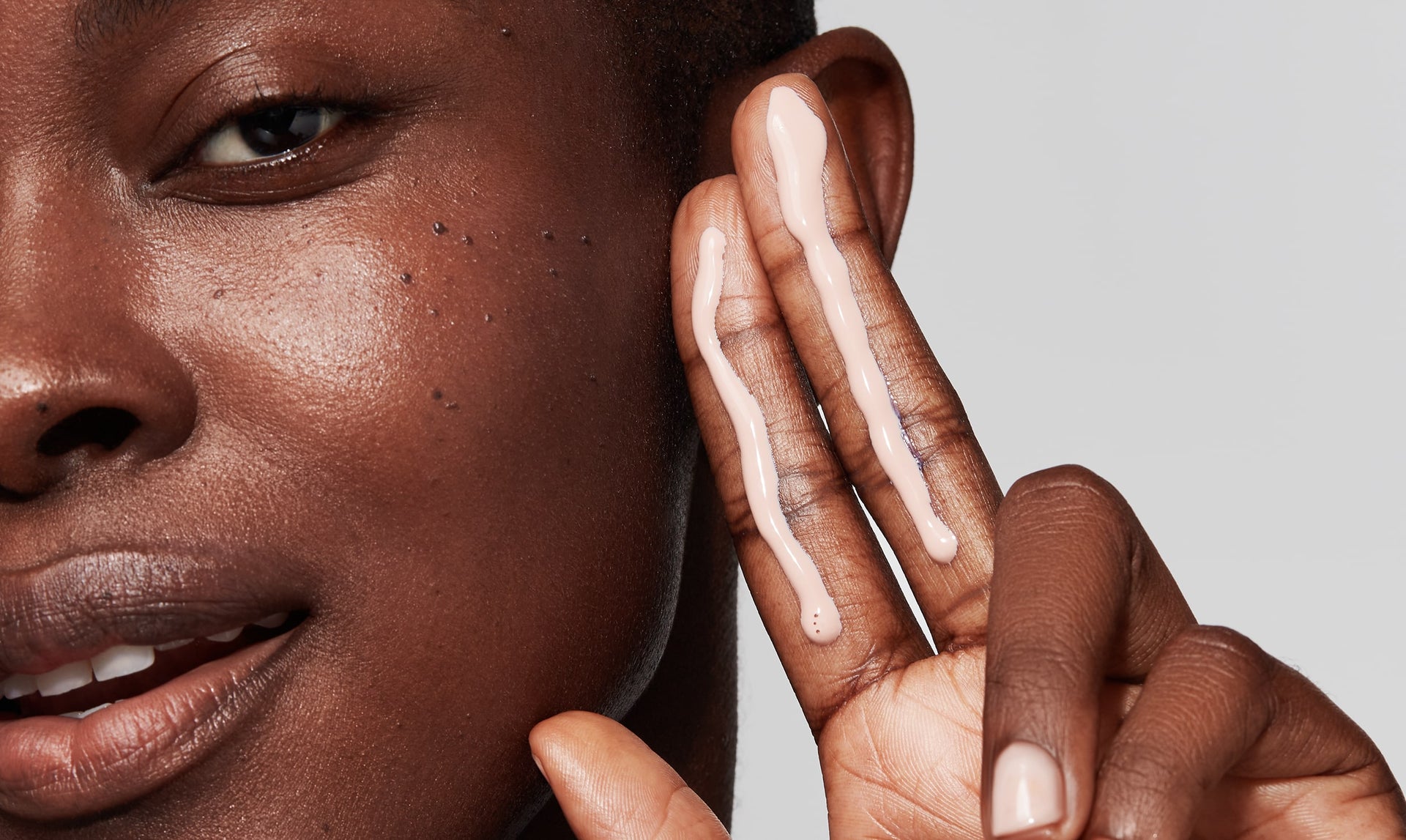What's the Difference Between AHAs and BHAs?
As Skin Health Experts, we know that healthy, glowing skin is something everyone strives for. Creating a simple skincare routine unique to your skin type and top skin concerns is the best way to achieve those visible results. When it comes to glowing skin, there's one skincare step in particular that every routine needs—exfoliation. Our founder Kate calls it a game-changing step that delivers profound transformation to the look and function of the skin.
Every day, our skin works hard to exfoliate dead skin cells naturally. However, as we age, the natural exfoliation process or cell turnover begins to slow down and may even stop altogether. Suppose you notice your skin has become a bit more dull, dry, and flaky than usual, or you're experiencing symptoms like enlarged pores, loss of firmness, and uneven skin tone. In that case, chances are your skin is having a hard time exfoliating itself.
The best way to keep skin looking and feeling great is to incorporate an exfoliating product with chemical exfoliation into your routine. If you've used harsh, gritty scrubs in the past that seemed to do more harm than good, we're here to help. A new generation of exfoliants has emerged to gently remove dead skin using chemical methods rather than physical ones. Two of the most common chemical exfoliant acids are AHA's and BHA's. Alpha and beta-hydroxy acids can be used alone or together, and while neither is better than the other, they target different skin needs.
So, how do these chemical methods work, and which is the best for your skin type? Keep reading to discover everything you need to know about these two exfoliants, how AHA vs BHA for skin differ, and the benefits of adding them to your skincare routine.
What Is an AHA?
AHA stands for alpha hydroxy acid, a water-soluble acid that is most commonly made from sugary fruits. Applying an AHA exfoliant to your skin can help peel away the dead skin cells from the skin’s surface so that new and healthy skin cells can take their place1. While AHAs work well with nearly all skin types, you'll want to slowly add this product into your routine to avoid any irritation if you have dry, sensitive skin.
How to Use AHAs
Incorporating AHAs like lactic acid and glycolic acid into your skincare routine has many benefits. Because AHAs target all areas of the skin, they can help with everything from visible age spots and scars to uneven skin tone, and the look of fine lines and wrinkles. The exfoliating effect of AHAs for skin works by gently separating the bonds between dead skin cells and the skin’s surface2. Once those bonds are broken, dead skin can more easily fall off, making room for the new skin underneath. Additionally, AHAs help, making it ideal for individuals looking to achieve younger-looking skin and diminish the appearance of wrinkles.
What Is a BHA?
BHA stands for beta hydroxy acid and is often derived from willow bark, sweet birch bark, and wintergreen leaves. Much like AHA's, BHA's work to exfoliate the surface of the skin. However, they also have soothing properties that work inside your pores. Often used to fight sun damage and acne, BHA's get into your hair follicles and help remove excess oil and dead skin.3 Because of this, BHA’s like salicylic acid work best with combination to oily skin types, and low concentrations of it can help calm sensitive skin. Adding BHA's to your skincare routine can also reduce the rate of skin-cell shedding and help dissolve oil and keratin plugs. When combined with other acne-fighting skincare products like our Eradikate® Mask Foam Activated Acne Treatment, it is an excellent ingredient for individuals who experience any skin condition associated with hyperkeratinization.
How to Use BHA's
Most skincare products that contain BHA's are designed for daily use. However, like AHA's, it's best to slowly add them to your routine until your skin adjusts. While BHA's don't cause as much sensitivity as AHA's, it's crucial to pair products containing them with a daily sunscreen like the Daily Deflector™ Mineral Face Sunscreen to protect your skin from UVA/UVB rays. The skin-calming properties of BHA's are especially beneficial for individuals who have acne-prone skin and are prone to redness or rosacea.
Additionally, to avoid further irritation, you'll want to make sure that your skin is properly hydrated before introducing a BHA or AHA into your routine. Products like DermalQuench, our super hydrating at-home oxygen treatment, Wrinkle Warrior® Hydration Gel and Wrinkle Warrior® Eye Gel will help clear up any dry skin concerns and help to reveal a more plump, radiant, and smooth complexion over time.
Before adding BHAs or AHAs to your skincare routine, review the information above to determine the best fit for you. When using any new product, we recommend slowly incorporating it into your routine and using it consistently for a few weeks before determining its effectiveness.
Sources:
